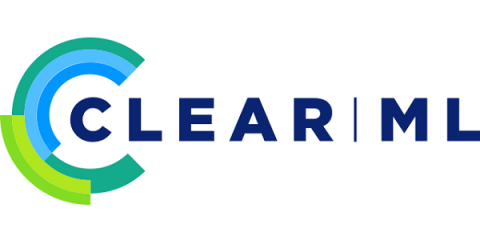Systems | Development | Analytics | API | Testing
Technology
Logit.io Confirms Plans To Support AWS OpenSearch & OpenDashboards
We are excited to inform all of our users that we will be bringing OpenSearch and OpenDashboards onto the Logit.io platform in the coming months. You may have already been aware that we’ve previously announced our support for the previous iteration of OpenSearch & OpenDashboards known as Open Distro in our response here. Due to our early public support of these oncoming changes you can see our platform cited on the official AWS OpenSearch website.
Cloud Instance Autoscaling and saving a buck...and a headache
What can we say: Research is non-linear, there are tests, and adjustments, and more tests, and more adjustments, and then we add more data, and test some more, and… you know the story.
Why you should go framework agnostic for test automation?
The most flexible native mobile-app testing solution.” It’s a bold claim that we are making about the BitBar Real Device Cloud. One of the essential features of being the most flexible is being framework-agnostic. In this article, we’ll take a closer look at this term and see how QA teams and managers can benefit from such a platform. BitBar Cloud recently extended Flutter support to include Flutter 2.2 released by Google on May 18th, 2021.
Automated Testing Software for web and mobile: some features you would need
It’s a known fact that automation testing is extremely crucial in maintaining software quality. Mobile applications and websites are a genuinely dynamic landscape with several new enhancements and advancements happening every day. To secure their quality and to help you deliver delightful experiences to your users and ones that’ll keep your users engaged with your products — testing is essential.
Rollbar Tip of the Day: Linking to AWS CloudWatch logs from Rollbar
A Window of Opportunity to the Data Cloud
When Apple launched its App Store in 2008, it opened a window of opportunity for thousands of software developers who rushed to invent the mobile-first world in which we all live today. Vendors that embraced the new paradigm, such as game developer Imangi, saw breakthrough success.
Indie Developers: Automatic deployment to the Play Store with Bitrise
You can use Bitrise to automate deployment to the app stores. To do this, you will only need to modify your deploy Workflow and add extra Steps. You will also need to connect Bitrise to your app store accounts. Let's dig a bit deeper!
ClearML and NVIDIA Inception Premier Member announcement
We’re excited to announce ClearML’s elevated recognition by NVIDIA as an Inception Premier Member.
Four Questions To Accelerate Edge-to-Cloud AI Strategy Development
“More than 15 billion IoT devices will connect to the enterprise infrastructure by 2029.” Finding data is not going to be a challenge, clearly, but taking advantage of it all to drive business outcomes will be. Combining AI and machine learning (ML) with data collection and processing capabilities of the edge and the cloud may hold the answer.











